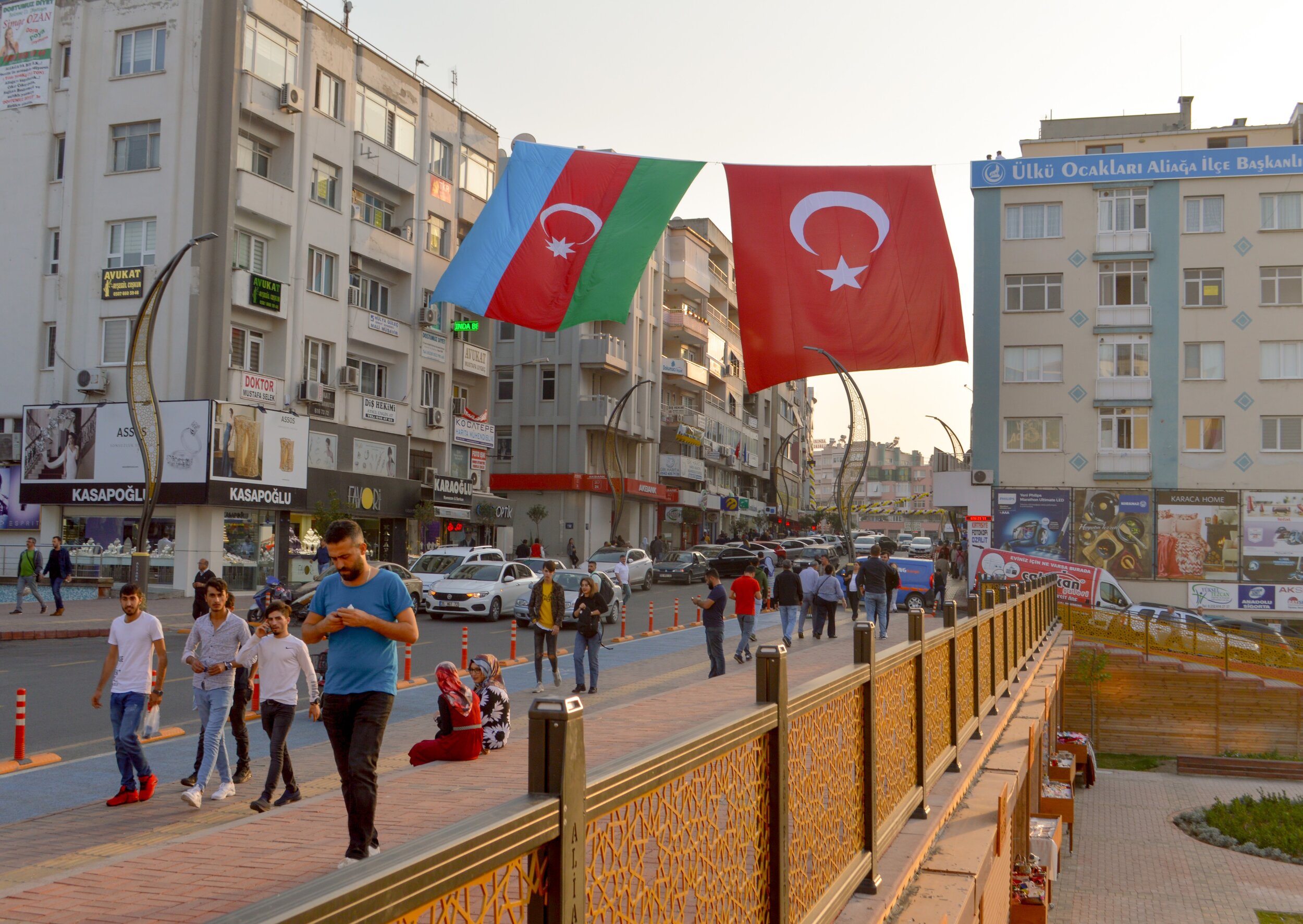What started as a group of students protesting clothing and hair restrictions has turned into a political activism movement thousands strong. Thailand’s “Bad Students” are protesting a military-backed government and calling for reforms to the constitution and monarchy.
On Nov. 21, thousands of pro-democracy activists gathered in downtown Bangkok to protest Thailand’s royalist, military-backed government. Some protesters came dressed as dinosaurs, in large, inflatable T-Rex suits, while others carried balloons shaped like meteors calling for the end of the “dinosaur age,” a reference to the conservative attitudes of government officials. The protesters called for the resignation of the current government, headed by Premier Prayut Chan-o-cha, a former army chief, as well as a new constitution to replace the current one, which was written by the military.
Ahead of the protest, three of its organizers were summoned to a police station for questioning: 16-year-old Benjamaporn Nivas and two boys, also high school students. The three teenagers are some of the leaders of the “Bad Students,” a group of pro-democracy students in Thailand that has joined the broader protests against the government.
At first, the Bad Students were focused solely on education reform; they wanted a complete overhaul of the education system, which they say promotes conformity and blind obedience through rote learning and whitewashed history. In August, hundreds of students gathered outside the education minister’s office, demanding no uniforms, no restrictions on hair length, and a modern curriculum. Since becoming a democracy, Thailand has had 13 successful coups, but textbooks ignore pro-democracy history and instead promote the monarchy. Following the August protest, the Bad Students also insisted that the education minister resign, distributing thousands of copies of a mock resignation letter and later even staging a mock funeral for him.
Shortly after their August protest, the Bad Students realized that they would never achieve the reforms they wanted under the current government. Nivas said they learned that “the education ministry is just one part of a bigger, rotten system from the past that needs to be changed,” and that the voices of the Bad Students would be more useful if they joined the broader pro-democracy movements.
Thailand has been at least a nominal democracy since 1932, when it abolished absolute monarchy in favor of constitutional monarchy. Over the years, Thailand has been mostly ruled by military governments, with its monarch serving as head of state. In addition to condemning Chan-o-cha’s military-backed rule, protesters have criticized the monarchy for spending Thai tax revenue and endorsing the military’s role in politics. Maha Vajiralongkorn, Thailand’s current monarch, is being pressured to remain bound by the constitution, to cut ties with the military-led establishment, to open palace books to the public for scrutiny and to repeal Thailand’s lèse-majesté law, which allows imprisonment for defamation of any member of the royal family.
The government did not give ground to pro-democracy activists after the Nov. 21 protest. Chan-o-cha issued a warning that all laws, including lèse-majesté, would continue to be enforced. With neither the government nor the protesters changing their stance, some experts worry that the situation could descend into violence. Others, however, are hopeful. Chan-o-cha appeared in constitutional court on Dec. 2 for a minor infringement, and some saw this appearance as a way for the government to remove him as premier by legal means, thereby ousting him without giving in to the demands of the protesters. The Bad Students and other pro-democracy groups continue to plan, holding rallies and protests while advocating for change and a greater voice for the people.
To Get Involved:
To take action to support the pro-democracy movements in Thailand, sign the Amnesty International petition to defend peaceful protesters here.
Rachel Lynch
Rachel is a student at Sarah Lawrence College in Bronxville, NY currently taking a semester off. She plans to study Writing and Child Development. Rachel loves to travel and is inspired by the places she’s been and everywhere she wants to go. She hopes to educate people on social justice issues and the history and culture of travel destinations through her writing.







